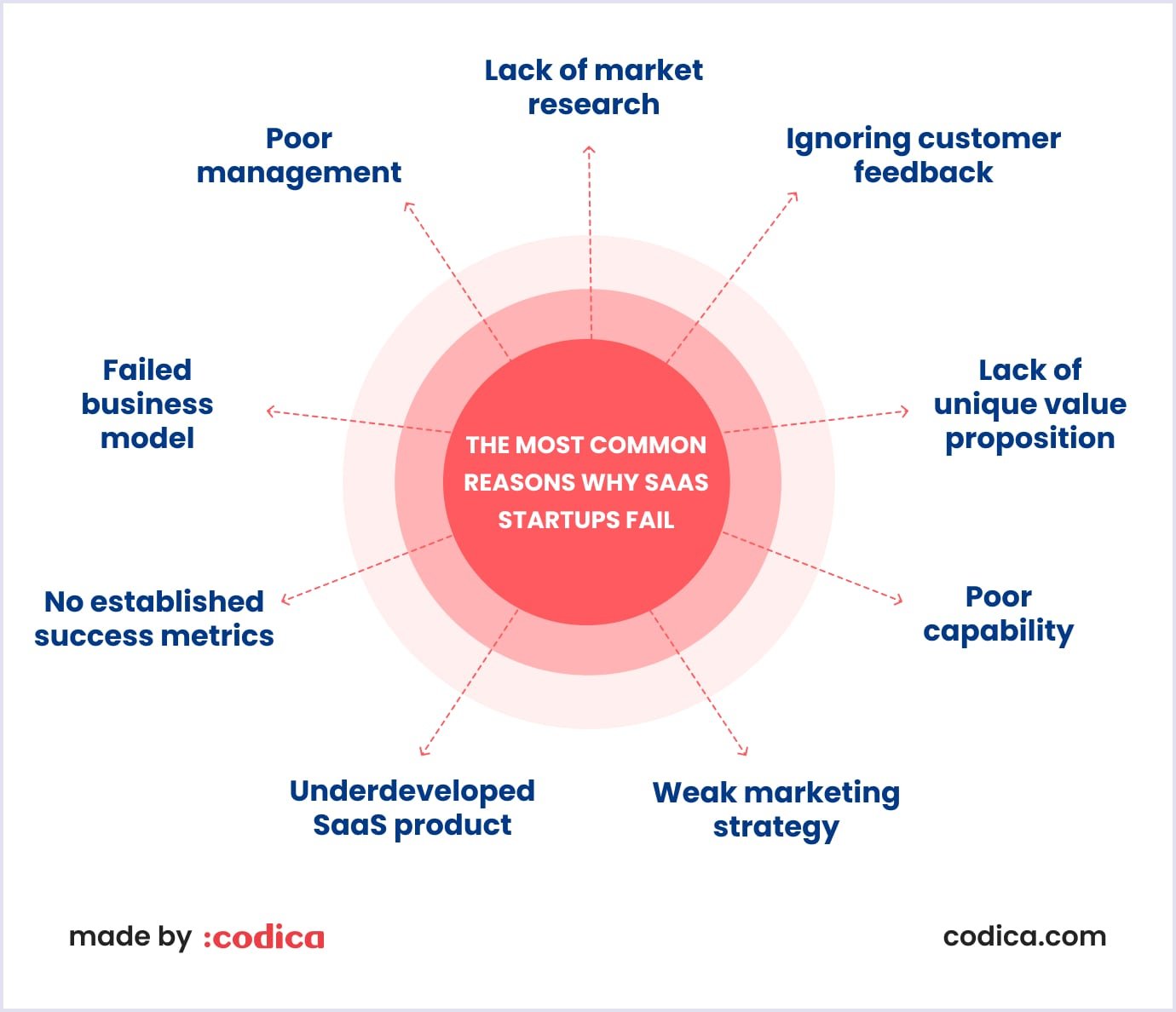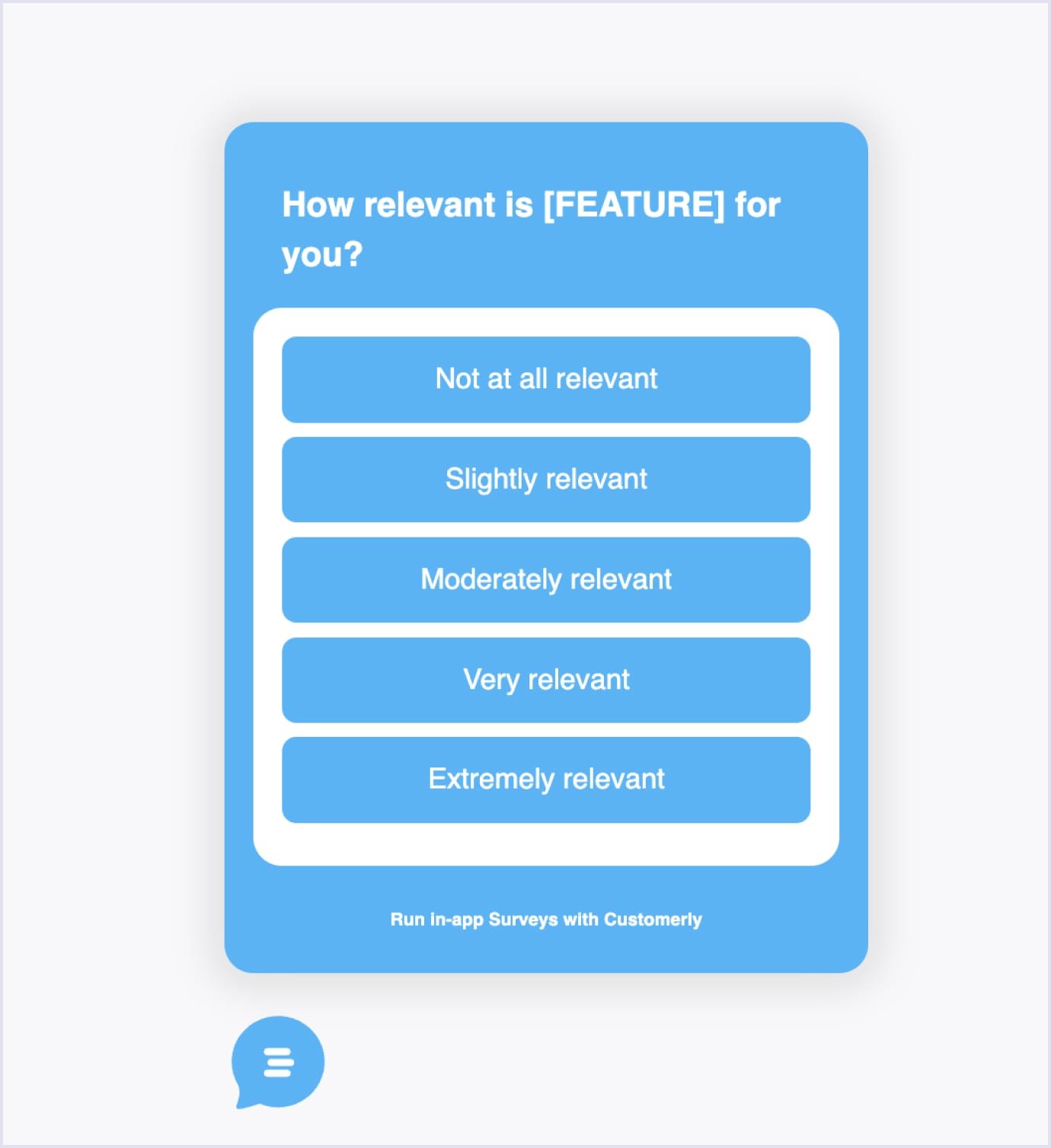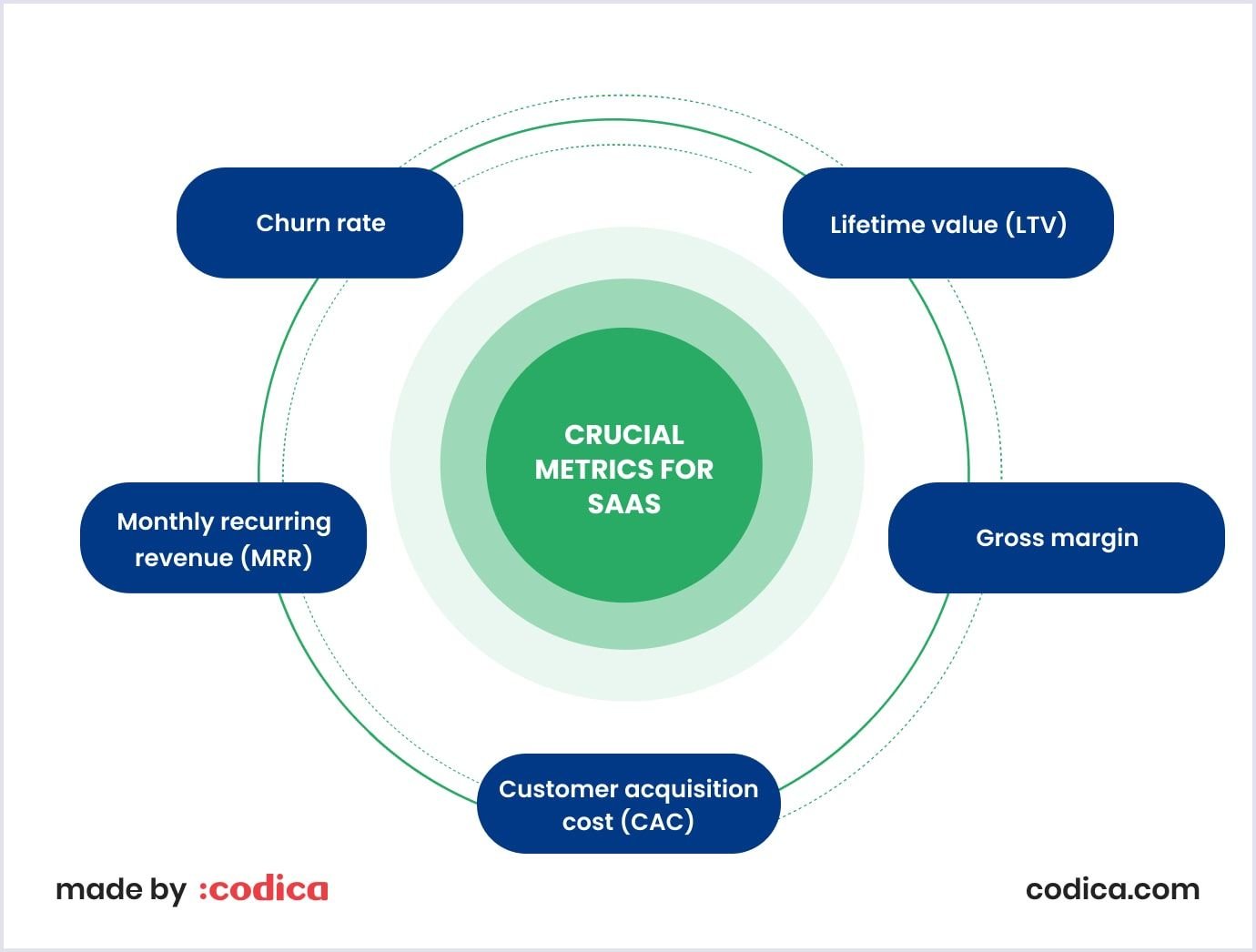Today, software as a solution (SaaS) businesses are on the rise due to their flexibility, cost-effectiveness, and low barriers to entry. As such, more and more startups strive to launch their product as a SaaS. However, to build a SaaS product, you need to consider dozens of aspects, including the most common SaaS mistakes.
So, why do SaaS companies fail? In this article, we’ll see how they succeed or fail by providing clear examples of the most common mistakes modern startups make. Without further ado, let’s begin.

Lack of market research
Being one of the most common mistakes for SaaS startups, lack of market research is, fortunately, easy to prevent. But first, what’s the issue? Well, without a deep understanding of the market, its dynamics, SaaS trends, and customer needs, startups risk developing products that nobody wants or needs.
Solution
To prevent this issue, conduct thorough market research before building or launching your SaaS product. This includes analyzing competitors, understanding your target audience, identifying market gaps, and validating your product idea through surveys, interviews, and prototype testing. Continuously gather market insights to stay relevant and adapt your product strategy accordingly.
Ignoring customer feedback
Ignoring the most important aspect of your future success, namely your customers, can lead to a total disconnect between your product and the market demand. Your users provide the most valuable insights into what works, what doesn't, and what improvements are needed. Neglecting their opinion can result in losing traction and market share. So, how to fix it?
Solution
Establish robust feedback mechanisms such as surveys, feedback forms, user forums, and customer support channels. Engage attentively with customer ideas, issues, and pain points. Utilize this feedback to refine your product, prioritize feature development, and elevate the overall user experience.

Lack of a unique value proposition
Making your product stand out is challenging, we know. However, failing to articulate a unique value proposition is why most startups fail. Simply put, without a compelling reason for customers to choose your product over competitors, acquiring and retaining users becomes challenging.
Solution
To tackle this issue, define a clear and differentiated value proposition. Remember, it must address a specific pain point or offer a unique solution. This way, people who have a problem will see your product as a solution. Hence, focus on communicating the benefits of your SaaS and the outcomes it delivers to customers.
Poor capability
This issue may affect various parts of SaaS. For instance, poor capability in terms of technical infrastructure, scalability, or operational efficiency can hinder the performance and reliability of your SaaS product. This can result in user dissatisfaction, downtime, and, ultimately, loss of customers.
Solution
Fortunately, this issue is often eliminated during the planning or product discovery stage. The solution is straightforward: invest in building robust technical infrastructure that can handle increasing user loads and scale seamlessly. Prioritize performance optimization, security enhancements, and regular maintenance to ensure the stability and reliability of your SaaS platform.
Weak marketing strategy
SaaS solutions can be revolutionary, but few will notice them without a powerful marketing strategy. On the contrary, a weak marketing strategy can lead to low visibility, limited user acquisition, and slow growth for SaaS startups. Without effective marketing efforts to reach and engage your target audience, it's challenging to drive awareness and generate demand for your product.
Solution
In fact, a comprehensive SaaS marketing strategy encompasses a lot. Thus, you can start by diving into digital marketing, content marketing, social media, SEO, email campaigns, and targeted advertising. However, to make an effective choice, clearly define your target audience segments, messaging, and channels to reach them. Next, allocate resources to craft engaging content, establish a robust brand presence, and guide leads.

No established success metrics
Following the previous problem, the absence of success metrics is another important reason why most startups fail. Simply put, without measuring metrics, it becomes tough for SaaS startups to track progress, measure performance, and demonstrate value to stakeholders. Additionally, it becomes more challenging to scale and develop the product further, as you may not see a way in which it should be grown. Lack of clarity on key performance indicators (KPIs) is a serious issue within the organization, and here’s a way to tackle it.
Solution
Define and track relevant success metrics that align with your business objectives. For example, consider looking into:
- Monthly recurring revenue (MRR): A predictable monthly revenue from subscription-based customers;
- Gross margin: A percentage of revenue that exceeds the cost of goods sold;
- Customer acquisition cost (CAC): An average cost to acquire a new customer;
- Lifetime value (LTV): A predicted total revenue from a customer over their entire relationship with the company;
- Churn rate: Percentage of customers who stop using the service or cancel their subscription over a specific period.

Set measurable benchmarks and targets for each metric to track performance and advancement consistently. Integrate analytics tools and reporting dashboards to collect real-time insights and make data-driven decisions. Continuously assess and adjust your success metrics to align with the evolving needs of your SaaS startup.
Underdeveloped SaaS product
Next up, this issue is obvious yet sometimes challenging to detect without a thorough plan. Needless to say, delivering a low-quality SaaS product can result in poor user experience, high churn rates, and damage to your brand reputation. Things like bugs, glitches, usability issues, and lack of features can frustrate users and drive them to seek alternative solutions.
Solution
The solution is not about “if it’s bad, make it good.” Instead, it requires thorough planning to prevent this from happening. Thus, prioritize product quality and user experience throughout the SaaS development lifecycle. Heavily invest in testing processes, usability studies, and beta testing to identify and address any issues or shortcomings before launch.
Read also: Best SaaS Startups in 2024
Failed business model
A failed business model can undermine the sustainability and profitability of a SaaS startup. Today’s Internet remembers lots of bad monetization strategies, inadequate pricing models, or shady revenue streams. All of them can result in financial instability, cash flow problems, and inability to scale.
Solution
First of all, make it as clear as possible. Users must know what they pay for, and the price itself should be justified. For example, it would be unwise to offer ad-free usage for a high price or present different subscription tiers with little to no difference but a drastic price difference.
Hence, evaluate and iterate on your business model to ensure alignment with market demand, customer preferences, and value delivery. Experiment with different pricing tiers, subscription plans, and packaging options to find the optimal monetization strategy. For instance, if you offer a tiered subscription model, consider adding a maximum of 2-4 tiers, clearly outlining why each tier costs its money.
Additionally, rely on the two key metrics for SaaS startups in your project modeling. They are:
- CAC (customer acquisition cost);
- LTV (customer lifetime value).
The rule of thumb is pretty simple. Your CAC has to be lower than LTV. In other words, you should spend less money to acquire clients compared to the revenue that they will generate for you. As simple as that!
Poor management
Internal issues within the development/operating company may badly influence the state of SaaS product. Poor management practices can contribute to internal dysfunction, lack of direction, and misalignment within the SaaS startup. Inadequate leadership, ineffective decision-making, and organizational issues can hinder productivity, innovation, and team morale.
Solution
To prevent this problem, develop robust leadership and management skills within the startup. Set distinct objectives, roles, and duties to promote accountability and cohesion throughout the organization. Foster transparent communication, teamwork, and a culture of ongoing learning and enhancement. Dedicate resources to leadership training, mentorship initiatives, and routine performance assessments to bolster the development and efficacy of the management team.
Read also: Agile vs Waterfall Methodology: What is the Best for Your Project
How Codica can help to build a successful SaaS startup
Answering shortly, there are lots of ways Codica can help you. Notably, our SaaS development services are the best option in this regard so far. With service, we know how to advance the product from a simple idea to a trustworthy platform users will love.
We specialize in developing solutions from scratch, emphasizing SaaS consulting, UX/UI design, thorough architecture design, and 3rd-party services integrations. Additionally, we are no strangers to advanced testing techniques that help us ensure your product is not only performant but also seamless in usage and speed.
Speaking of the actual solutions, SaaS products vary by complexity, type, and dozens of other aspects. Throughout our experience, we mastered our way of creating CRM/ERP/CMS systems, ecommerce platforms, as well as accounting, productivity, and healthcare apps.
After all, our solutions are tailored to streamline operations, enhance productivity, and improve customer experiences.
